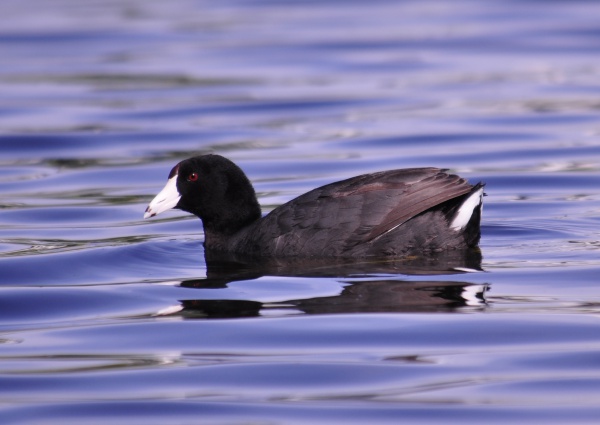Facts About American coot
The American coot, often referred to as a mud hen or pouldeau, is a captivating bird from the Rallidae family. Though frequently mistaken for ducks, these birds belong to an entirely different order. They possess unique features, such as lobed scales on their legs and toes, which assist them in walking on land. You’ll typically find them near wetlands and open water bodies throughout North America.
These birds are migratory, traveling as far south as Panama during the winter. Their diet primarily consists of algae and aquatic plants, but they will readily consume small animals when available.
The American coot’s conservation status is classified as "Least Concern" by the IUCN. They aren’t a popular target for hunters, largely because their meat isn’t as desirable as that of ducks. Researchers have shown significant interest in their breeding habits, investigating aspects such as chick ornaments, brood parasitism within the species, and maternal influences. There are three recognized subspecies, though there is ongoing debate about whether these should be considered separate species.
American coots exhibit a variety of interesting behaviors. They use a range of vocalizations, swim together in groups, and are highly social during the winter. Their breeding season is characterized by courtship displays, nest building, egg laying, incubation, and chick rearing. They construct floating nests and are prolific nesters. Notably, they can recognize and reject parasitic chicks, and the chicks possess unique ornaments that help them garner more attention from their parents.
Predators, mainly birds of prey and mammals, pose a threat to American coots, especially during the breeding season. Despite these threats, their population remains stable, and they can sometimes even become pests. They play a crucial role in monitoring the health of wetland environments.
